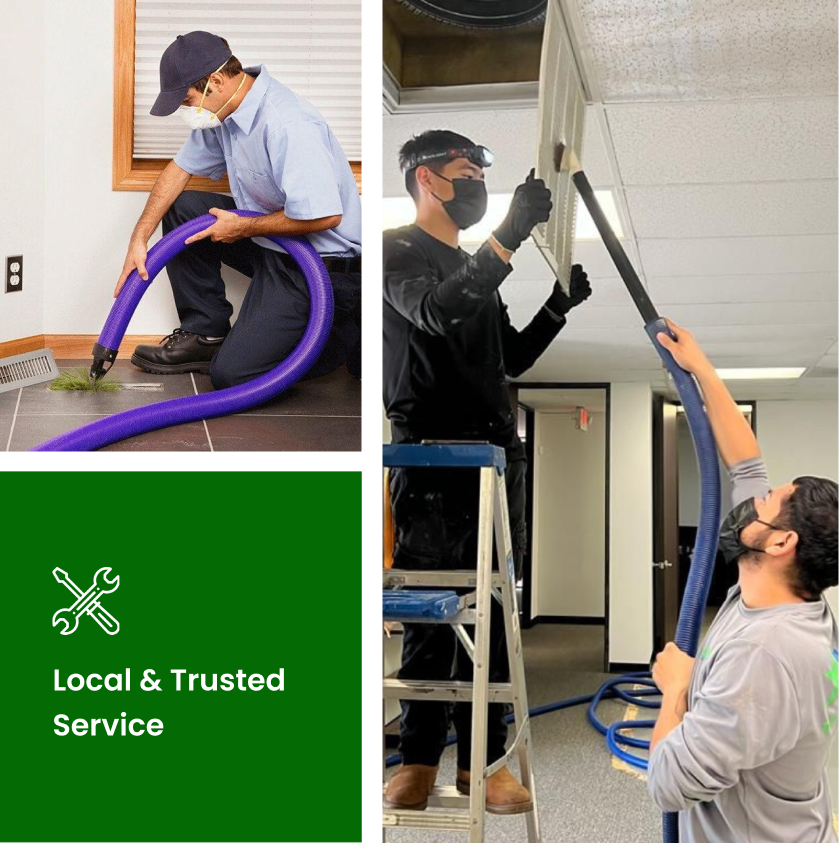Dot phrases have become an essential tool in medical documentation, helping healthcare providers save time and improve accuracy when creating patient notes. These shortcuts, often used within electronic health record (EHR) systems, allow physicians to quickly insert commonly used text, reducing the need for repetitive typing. When utilized effectively, dot phrases can streamline workflows, minimize errors, and enhance patient care. Here are some practical tips to optimize their use.
1. Standardize Frequently Used Phrases
To maximize efficiency, identify the most common phrases, sentences, or paragraphs you repeatedly use in documentation. Examples include patient instructions, medication guidelines, and assessment notes. By creating standardized dot phrases for these sections, you can ensure consistency and reduce documentation time.
For example:
.htn → “The patient has a history of hypertension, managed with lifestyle modifications and medication.”
.fudm → “Follow-up in two weeks to reassess diabetes management and adjust treatment as needed.”
2. Keep Dot Phrases Short and Memorable
When creating dot phrases, use abbreviations that are easy to recall. Long or complex shortcut names can slow down workflow instead of speeding it up. The best dot phrases are short, intuitive, and relevant to their content.
For instance:
.examnorm instead of .normalphysicalexam
.dmplan instead of .diabetesmanagementplan
By keeping shortcuts concise, you ensure they remain efficient and easy to use.
3. Use Variables for Customization
Many EHR systems allow placeholders or variables within dot phrases, enabling providers to customize notes quickly. This prevents the need for excessive editing after inserting the phrase.
For example, instead of a generic phrase like:
.followup → “The patient will follow up in two weeks.”
You can use a variable like:
.followup → “The patient will follow up in [X] weeks for [reason].”
This allows you to quickly modify the phrase by entering specific details, ensuring notes remain personalized while maintaining efficiency.
4. Categorize Dot Phrases for Quick Access
As your library of dot phrases grows, organization becomes essential. Consider grouping dot phrases by categories such as:
History & Exam (.hx, .examnorm, .ros)
Diagnosis & Assessment (.htnplan, .dmplan)
Patient Instructions (.rxinfo, .dietrec)
Follow-up & Next Steps (.fup1mo, .fup2wk)
By categorizing your dot phrases, you can quickly locate the ones you need, reducing frustration and improving workflow.
5. Regularly Review and Update Your Dot Phrases
Medical guidelines and best practices change over time, and so should your dot phrases. Regularly reviewing and updating them ensures that they remain accurate, relevant, and compliant with the latest standards. Additionally, feedback from colleagues or staff can help refine existing dot phrases for better clarity and usability.
6. Train Your Team for Consistency
If working within a team, ensure that everyone is familiar with commonly used dot phrases to maintain uniform documentation. Consider sharing a standardized set of dot phrases across your practice to improve consistency and reduce variability in patient records.
Related: Dot Phrases Usage Tips
Conclusion
Dot phrases are powerful tools that can significantly enhance Clinical Workflow Efficiency. By keeping them standardized, concise, and customizable, healthcare providers can save time, reduce errors, and focus more on patient care. Regular updates and team training further ensure that dot phrases remain a valuable asset in streamlining workflows within EHR systems.

